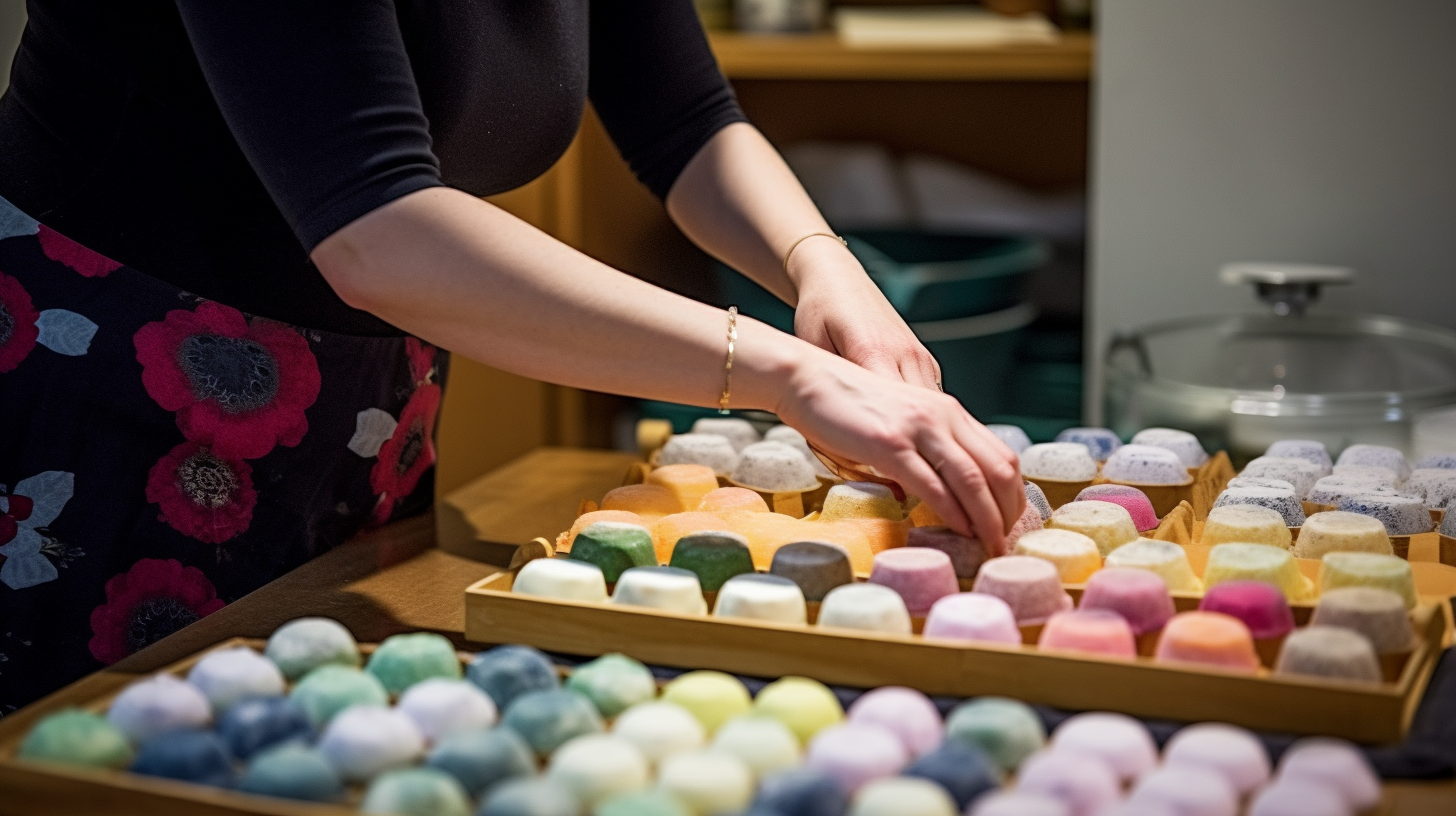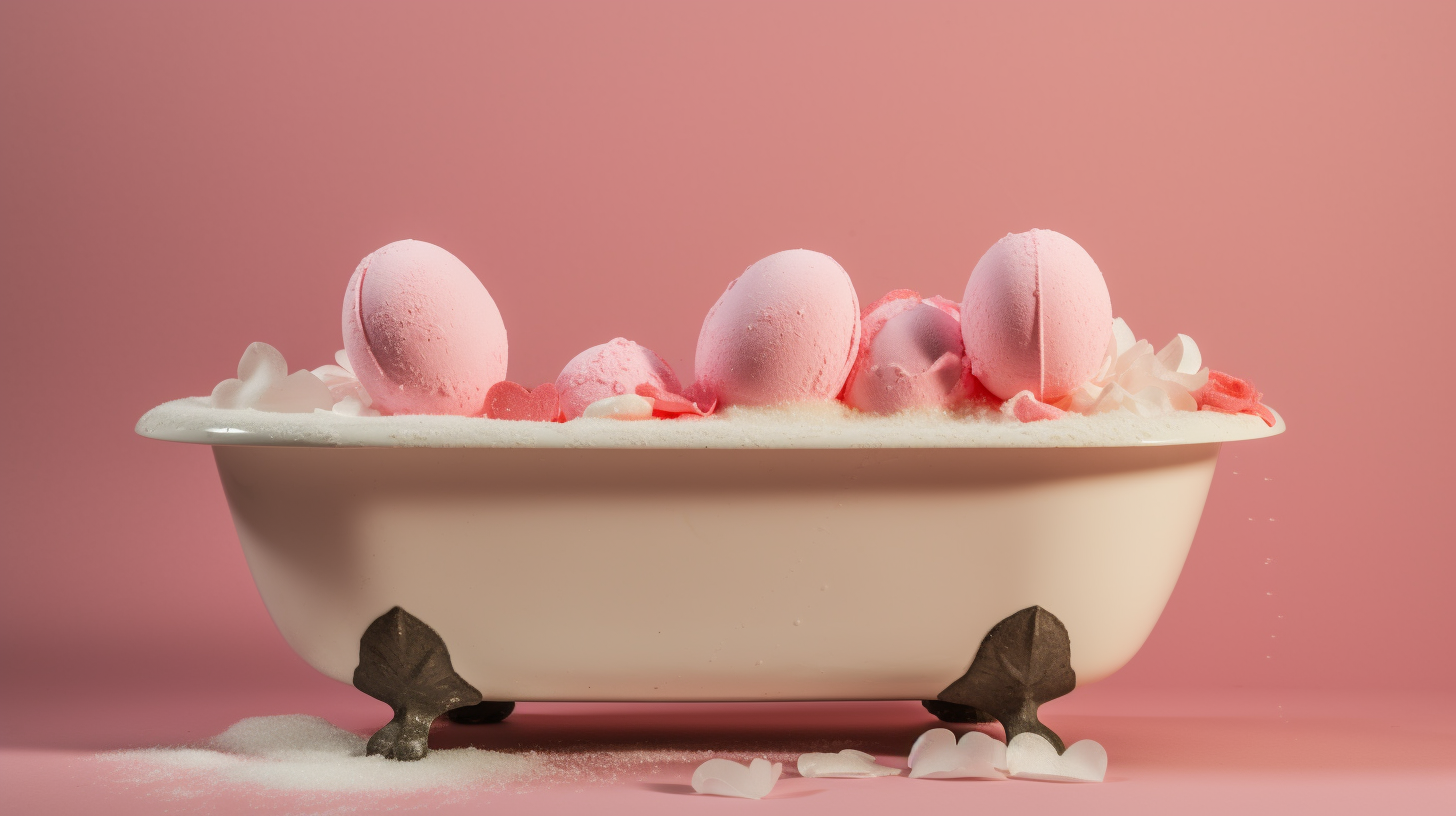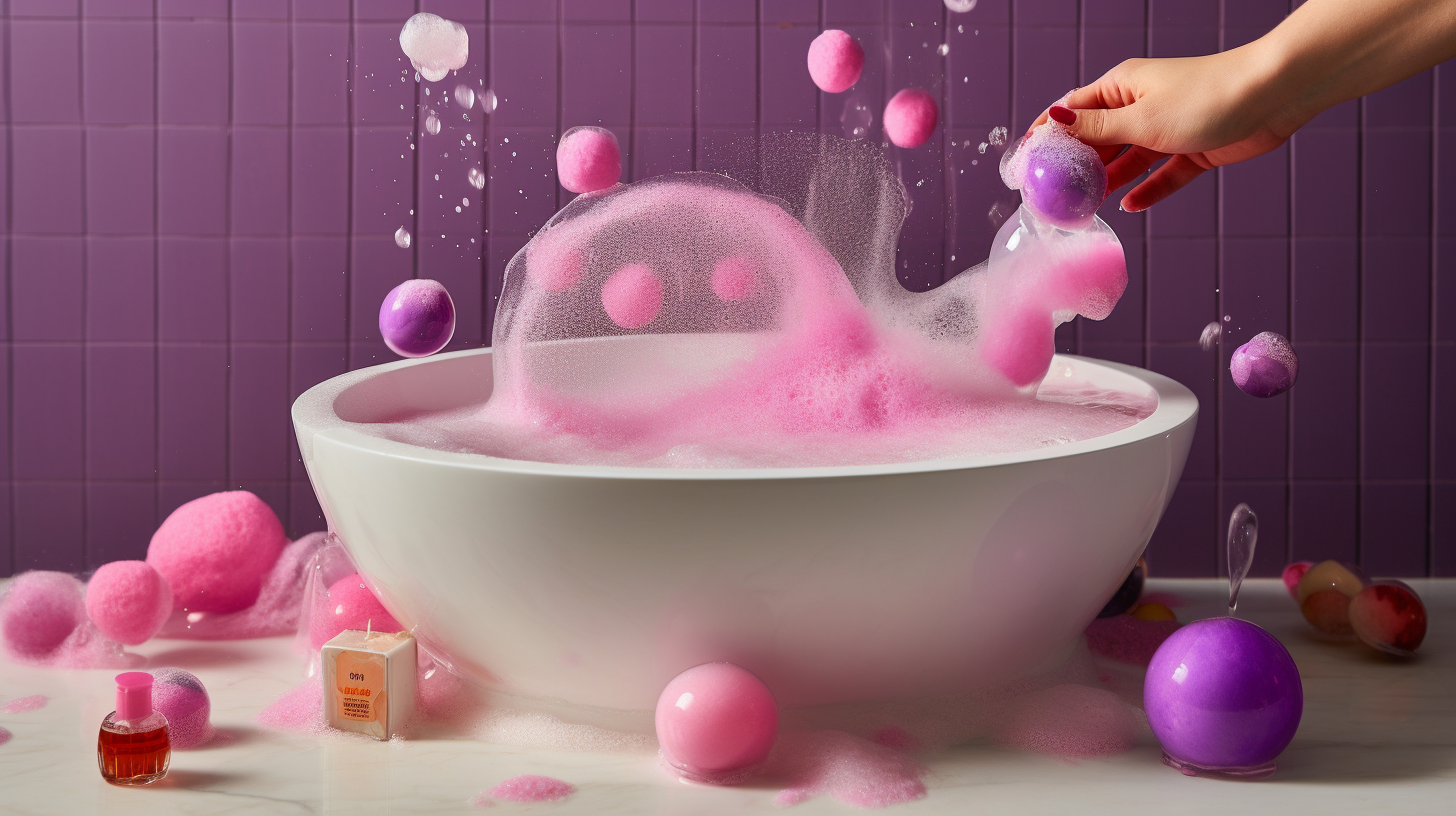The Complete Guide to Understanding How Essential Oils are Made
Essential oils have been used for centuries to promote wellness and relaxation. From aromatherapy to skincare, these potent plant extracts have a wide range of benefits. But have you ever wondered how essential oils are made? In this complete guide, we will take a deep dive into the different methods used to produce essential oils, their benefits and challenges, and tips for selecting high-quality oils.
What are Essential Oils?
Essential oils are highly concentrated plant extracts that contain the natural aroma and flavor of the plant. They are typically extracted from flowers, leaves, stems, roots, or other parts of the plant using various methods like steam distillation, cold pressing, solvent extraction, enfleurage or expression. The resulting oil is considered “essential” because it contains the essence of the plant’s fragrance and therapeutic properties.
Essential oils have been used for centuries in traditional medicine and aromatherapy practices due to their potential health benefits. These benefits may include reducing stress and anxiety levels, improving skin conditions like acne or eczema, easing pain and inflammation in muscles and joints, boosting immunity and respiratory health as well as enhancing mood.
How are Essential Oils Made?
The process of making essential oils involves extracting the aromatic compounds from different parts of a botanical source. Here are some common methods:
Steam Distillation
Steam distillation is one of the most common methods used to extract essential oils from plants. It involves placing plant material in a still with boiling water which creates steam that passes through the plant material causing it to release its essential oil. The steam is then condensed back into liquid form along with the essential oil which separates from the water due to its lighter weight.
Cold Pressing
Cold pressing is a method used to extract essential oils from the rind of citrus fruits such as lemons, oranges, and grapefruits. The process involves mechanically pressing or squeezing the rind to release the essential oil which is then collected in a container. This method is commonly used for producing citrus essential oils.
Solvent Extraction
Solvent extraction is a method used to extract essential oils from delicate plant materials like flowers. It involves using solvents like hexane or ethanol to dissolve the aromatic compounds in the plant material and separate them from the non-aromatic components. The solvent is then evaporated leaving behind the concentrated essential oil.
Enfleurage
Enfleurage is an old method used to extract essential oils from delicate flowers that are too fragile for steam distillation. The process involves placing flower petals onto a layer of fat, which absorbs the fragrant oils over several days. The fat is then washed with alcohol that separates the essential oil from the fat and evaporates leaving behind only the concentrated oil.
Expression
Expression is another method used for extracting essential oils from citrus fruits like lemons and oranges. It involves mechanically pressing or squeezing the fruit peel to release its essential oil which is then collected in a container. This method produces high-quality citrus oils but it’s not suitable for producing other types of essential oils.
Absolute
Absolute extraction is similar to solvent extraction, but it uses a different type of solvent that does not evaporate like alcohol. This results in a more concentrated form of essential oil compared to other methods but also makes it difficult to remove all traces of solvent residue from the final product.
Hydrosol
Hydrosols are often referred to as “flower waters” and are produced during the steam distillation process of essential oils. They are a by-product of the extraction process and contain small amounts of essential oil along with water-soluble plant compounds. Hydrosols can be used for skin care, aromatherapy, and even cooking.
Benefits and Challenges of Essential Oil Production
Producing essential oils is a complex process that requires specialized equipment and expertise. Each method has its benefits and challenges that impact the quality, quantity, and cost of the final product.
Benefits
- Essential oils provide a natural alternative to synthetic fragrances often found in products like candles, perfumes, or cleaning supplies.
- The therapeutic properties of essential oils have been used for centuries to promote wellness and relaxation.
- The production of essential oils can support local economies by creating jobs in farming, harvesting, and distillation processes.
Challenges
- The quality of essential oils can vary depending on the method used to extract them. Some methods like steam distillation produce higher quality oils than others like solvent extraction.
- The yield or amount of oil produced can vary depending on the botanical source used. For example, it takes around 50-60 roses to produce one drop of rose essential oil.
- The cost of producing high-quality essential oils can be expensive because it requires specialized equipment, labor-intensive processes, and large amounts of plant material.
Tips for Selecting High-Quality Essential Oils
When selecting essential oils, it’s important to choose high-quality products that are pure, authentic, and potent. Here are some tips to help you make the best choice:
Research the Brand
Do your research and choose a brand that has a good reputation for producing high-quality essential oils. Check if they have any certifications like organic or fair trade and read reviews from other customers.
Check the Label
Look for essential oils that are labeled as 100% pure, therapeutic grade, and have the Latin name of the botanical source listed. Avoid products that contain synthetic fragrances, fillers, or additives.
Smell and Test
Try to smell and test the essential oil before purchasing it. A high-quality oil should have a strong aroma, be free of impurities or cloudiness, and evaporate quickly when dropped onto a piece of paper.
Conclusion
The process of making essential oils is a complex but fascinating one that involves extracting aromatic compounds from different parts of a botanical source. The quality and quantity of the final product depend on various factors like the method used, botanical source, and expertise of the producer. By selecting high-quality essential oils, you can enjoy their therapeutic benefits while supporting sustainable practices that benefit local communities.
We hope this guide has helped you understand how essential oils are made and given you practical tips for selecting high-quality products. Whether you’re new to essential oils or a seasoned user, there’s always something new to learn about these amazing plant extracts.




